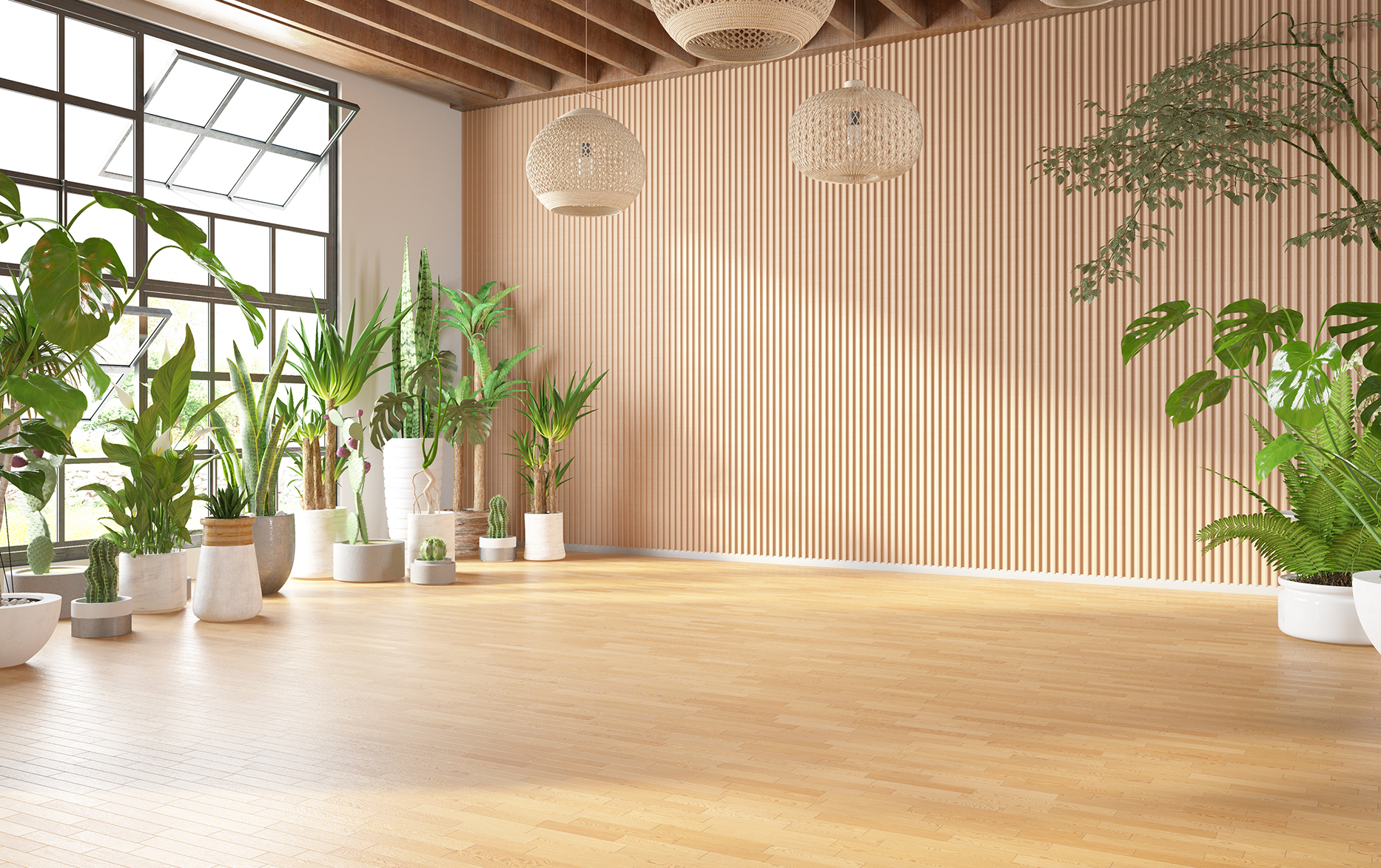Yes, bamboo floors can be refinished. However, the process depends on the type of bamboo flooring. Solid bamboo can be refinished multiple times. Engineered bamboo has a thinner wear layer. This limits the number of times it can be sanded. Before refinishing, ensure the floor is clean. Remove all furniture and rugs. Sand the surface gently to avoid damage. Apply a new finish to protect the bamboo. Allow the finish to dry completely. Refinishing extends the lifespan of bamboo floors. It restores their beauty and durability. Always follow the manufacturer’s guidelines for best results.
Benefits of Refinishing Bamboo Floors
Refinishing bamboo floors has many benefits. It restores their natural beauty. It also removes scratches and dents. A new finish adds protection. This extends the floor’s lifespan. It makes the floor more durable. Refinishing can change the floor’s color. It allows you to update your decor. It is more cost-effective than replacing the floor. Refinishing is an eco-friendly option. It reduces waste and preserves resources. The process is quick and efficient. You can enjoy a fresh look in no time. Follow the steps for a successful refinishing. Your bamboo floors will thank you.
Types of Bamboo Flooring
Solid Bamboo Flooring
Solid bamboo flooring is made from bamboo strips. These strips are glued together. This type of flooring is very durable. It can be sanded and refinished multiple times. Solid bamboo is ideal for high-traffic areas. It comes in various styles and colors. Installation is straightforward. It often uses tongue-and-groove edges. Solid bamboo is more moisture-resistant. This makes it suitable for kitchens and basements. It is an eco-friendly option. Bamboo grows quickly and is renewable. Overall, solid bamboo flooring offers long-lasting beauty and strength. It is a great choice for many homes.
Engineered Bamboo Flooring
Engineered bamboo flooring is made from a thin layer of bamboo on top of plywood or fiberboard. It is less expensive than solid bamboo. However, it has a thinner wear layer. This means it cannot be refinished as many times. The installation process is similar to hardwood floors. It can also be installed over concrete and in basements. Engineered bamboo is a good option for areas with high humidity. It is also more resistant to scratches and dents. Overall, engineered bamboo flooring offers the beauty of bamboo at a lower cost.
Preparation Before Refinishing
Ensure your bamboo floor is ready for refinishing. Clean the floor thoroughly. Remove any dirt, dust, and debris. Take all furniture and rugs out of the room. Check the floor for nails or staples. Fix any loose boards. Tape off the areas you do not want to sand. Use protective gear, including masks and goggles. Estimate the needed materials. Consider hiring Flooring Estimating Services for accuracy. Make sure you have all the tools ready. A sander, sandpaper, and finish are essential. Work in a well-ventilated area. Follow safety guidelines strictly. Proper preparation ensures a smooth refinishing process.
Sanding Techniques for Bamboo Floors
Sand the bamboo floor using a drum sander. Start with coarse-grit sandpaper. Move the sander along the grain. Work methodically across the room. Do not let the sander sit in one place. Switch to medium-grit sandpaper. Repeat the process. Finally, use fine-grit sandpaper. This smooths the surface. Edges require a hand sander. Be gentle to avoid gouges. Clean the floor between the steps. Remove all dust and debris. Sanding prepares the floor for the new finish. It removes old finishes and imperfections. For best results, follow the manufacturer’s recommendations.
Selecting the Right Finish
Choose a finish based on your needs. Water-based finishes dry quickly. They are also less toxic. Oil-based finishes are durable. They take longer to dry. Matte finishes give a natural look. Glossy finishes add shine. Consider the room’s usage. High-traffic areas need stronger finishes. Test the finish on a small area first. Check for any reactions. Look for eco-friendly options. These are better for the environment. Follow the application instructions carefully. Apply thin coats for the best result. Allow each coat to dry fully. Proper finish selection ensures lasting beauty. Your bamboo floor will look great.
Applying the Finish
Apply the finish using a clean brush or roller. Start in a corner and move out. Use even strokes to avoid marks. Apply thin coats for a smooth look. Let each coat dry completely. This can take several hours. Sand lightly between coats. Use fine-grit sandpaper. Clean the surface before the next coat. Repeat until you achieve the desired look. Usually, two to three coats are enough. Ensure good ventilation during application. Follow the manufacturer’s instructions. Proper application will protect the bamboo. It enhances the floor’s beauty. Enjoy your refreshed bamboo floor.
Drying Time and Ventilation
Drying time is crucial for a proper finish. Allow each coat to dry fully. This usually takes 2-4 hours. However, the final coat needs more time. Wait at least 24 hours before use. Ventilate the room well. Open windows and use fans. This speeds up drying. Proper ventilation also removes fumes. Avoid walking on the wet floor. Place “Wet Floor” signs if needed. Good airflow ensures an even finish. Check the manufacturer’s guidelines. Some finishes may need more drying time. Be patient for the best results. Proper drying ensures a long-lasting finish. Enjoy your beautifully refinished bamboo floor.
Maintenance After Refinishing
Regular maintenance keeps your bamboo floor beautiful. Sweep or vacuum daily to remove dust. Use a damp mop for deeper cleaning. Avoid soaking the floor with water. Place mats at entryways to trap dirt. Use felt pads under furniture legs. This prevents scratches. Clean up spills immediately. Avoid harsh chemicals. Use bamboo-friendly cleaners instead. Reapply a finish every few years. This keeps the floor protected. Control humidity levels in your home. Excess moisture can damage bamboo. Check for wear and tear regularly. Address issues promptly. Proper maintenance extends the floor’s life. Enjoy your stunning bamboo floor.
Potential Issues and Solutions
Cracking can occur on bamboo floors. This is often due to low humidity. Use a humidifier to maintain moisture levels. Scratches and dents may appear. Place mats and rugs in high-traffic areas. Furniture can cause dents. Use felt pads under furniture legs. Water damage is another problem. Clean spills immediately. Avoid using excessive water when mopping. Staining is also possible. Use a proper bamboo floor cleaner. Discoloration may happen over time. Reapply finish as needed. Warping can occur from excessive moisture. Control indoor humidity. Regular checks and maintenance prevent major issues. Act promptly to fix any problems.
To read more articles visit TrendingBlogsWeb
Conclusion
Refinishing bamboo floors is a manageable task. Proper preparation is crucial. Clean the floor thoroughly. Remove any furniture. Check for loose boards. Sand the floor methodically. Use the right grit sandpaper. Choose an appropriate finish. Apply it with care. Ensure good ventilation. Allow ample drying time. Follow a maintenance routine. Keep humidity levels balanced. Use mats and felt pads. Address spills quickly. Regular checks prevent big issues. Warping and staining can occur. Immediate action is best. Enjoy the renewed beauty of your bamboo floor. Regular upkeep makes it last. Your floor looks stunning.





